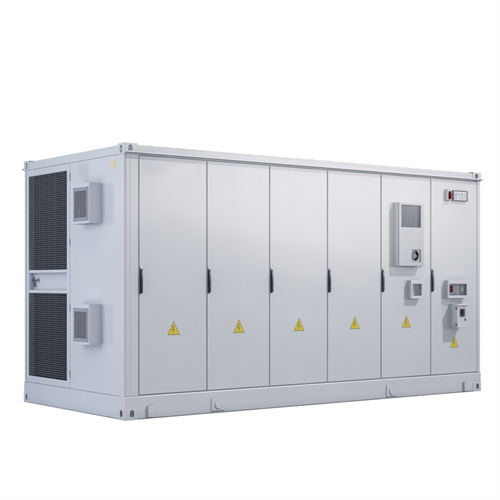About What battery types are used for energy storage
As the photovoltaic (PV) industry continues to evolve, advancements in battery types are used for energy storage have become critical to optimizing the utilization of renewable energy sources. From innovative battery technologies to intelligent energy management systems, these solutions are transforming the way we store and distribute solar-generated electricity.
When you're looking for the latest and most efficient battery types are used for energy storage for your PV project, our website offers a comprehensive selection of cutting-edge products designed to meet your specific requirements. Whether you're a renewable energy developer, utility company, or commercial enterprise looking to reduce your carbon footprint, we have the solutions to help you harness the full potential of solar energy.
By interacting with our online customer service, you'll gain a deep understanding of the various battery types are used for energy storage featured in our extensive catalog, such as high-efficiency storage batteries and intelligent energy management systems, and how they work together to provide a stable and reliable power supply for your PV projects.
6 FAQs about [What battery types are used for energy storage ]
What types of batteries are used in energy storage systems?
This comprehensive article examines and ion batteries, lead-acid batteries, flow batteries, and sodium-ion batteries. energy storage needs. The article also includes a comparative analysis with discharge rates, temperature sensitivity, and cost. By exploring the latest regarding the adoption of battery technologies in energy storage systems.
What types of batteries can be used for grid-scale energy storage?
In addition to lithium-ion and sodium-ion batteries, the following kinds of batteries are also being explored for grid-scale energy storage. Flow Batteries: Flow batteries provide long-lasting, rechargeable energy storage, particularly for grid reliability.
What types of batteries are used in power applications?
Power applications involve comparatively short periods of discharge (seconds to minutes), short recharging periods and often require many cycles per day. Secondary batteries, such as lead–acid and lithium-ion batteries can be deployed for energy storage, but require some re-engineering for grid applications .
Which battery energy storage system uses sodium sulfur vs flow batteries?
The analysis has shown that the largest battery energy storage systems use sodium–sulfur batteries, whereas the flow batteries and especially the vanadium redox flow batteries are used for smaller battery energy storage systems.
What are the different types of energy storage systems?
Regarding the energy applications, sodium–sulfur batteries, flow batteries, pumped hydro energy storage systems and compressed air energy storage systems are fully capable and suitable for providing energy very quickly in the power system, whereas the rest of the energy storage systems are feasible but not quite practical or economical.
Which types of batteries have higher power costs?
Conversely, nickel–cadmium batteries, the two types of flow batteries, vanadium redox and zinc–bromine, as well as pumped hydro energy storage systems, have higher range of values regarding power related costs.
Related Contents
- What is energy storage battery ah
- What cannot be used as energy storage material
- What is a portable energy storage battery car
- What devices are used in energy storage circuits
- What type of product is energy storage battery
- What are energy storage cabinets used for
- What types of energy storage are included
- What is the most advanced energy storage battery
- What types of energy storage sensors are there
- What metals are used in energy storage equipment
- What is aqueous lithium energy storage battery
- What is a physical energy storage battery


